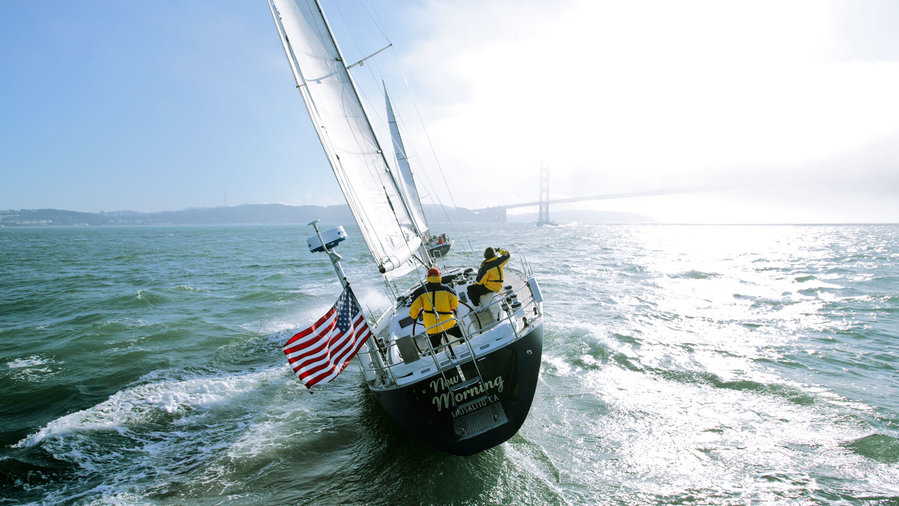
Sail Away
Find courage as you take the helm

Photo by Abner Kingman; written by Jeffrey Davis
Sailing is for heroes. Sailors hop to it, and in an emergency, they can be counted on to reef the mainsail and batten down the hatches.
I am no sailor. In dire circumstances, such as the time my husband crashed our rented houseboat (repeatedly) into a dock, I have been known to jump around, squeal, and flap my arms. But every summer, my father-in-law takes me and my husband out on his boat, and while he and my husband bustle about, I feel like a lump in the way.
I hoped that by taking an introductory five-day sailing class at OCSC Sailing-San Francisco Bay in Berkeley, I’d become a little more sailorlike. I’m not ready to say this happened, but I did fall in love with the windswept feeling of floating in the center of the bay.